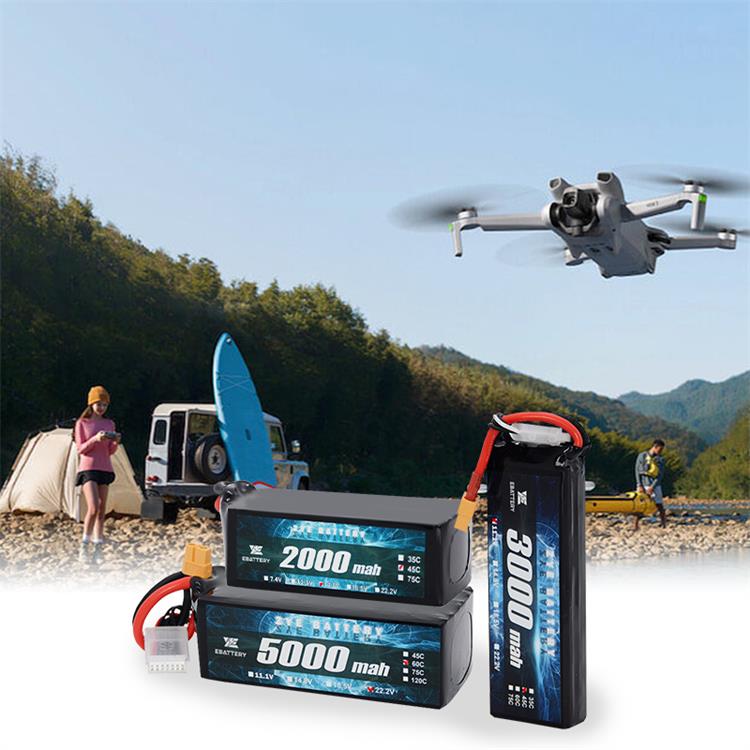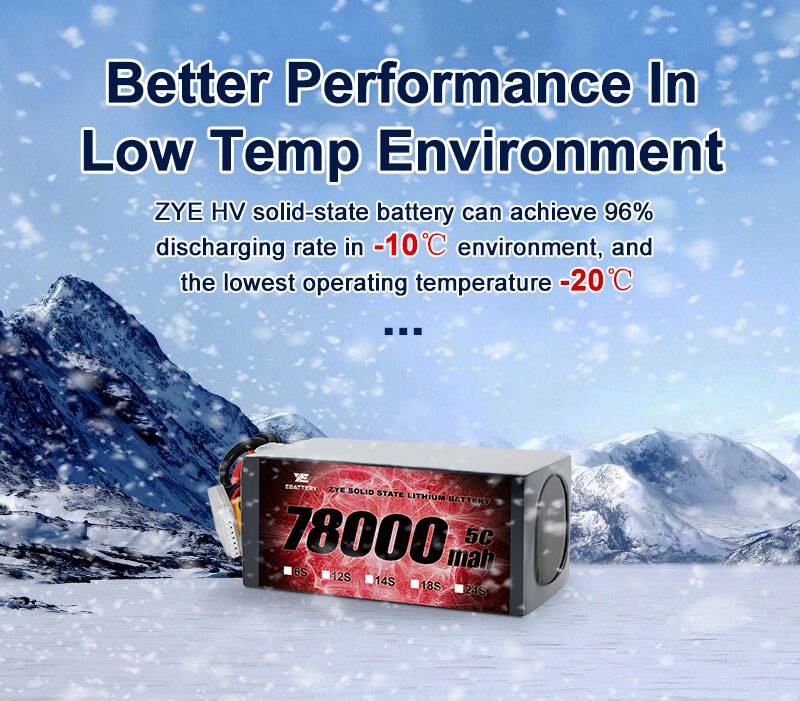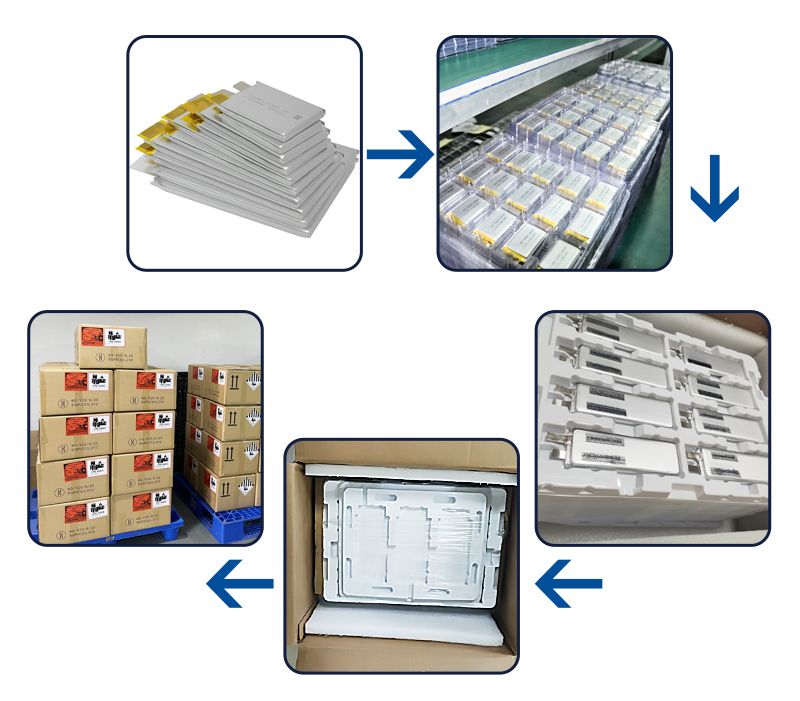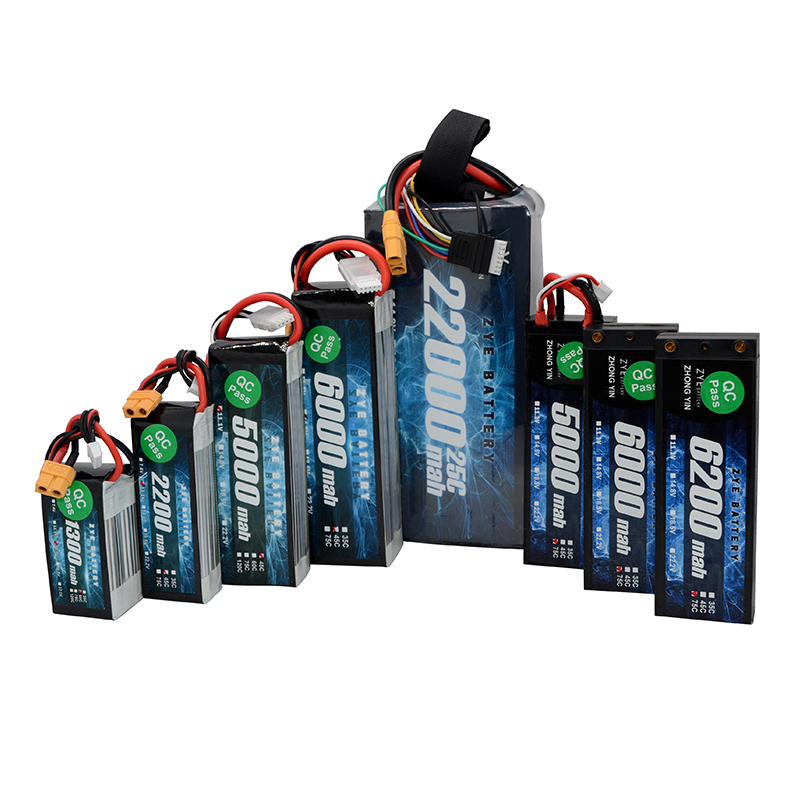How to ship drone lipo batteries?
Drone LiPo (Lithium - Polymer) batteries are the power source that enables drones to take flight, capturing stunning aerial footage and performing various tasks.
Mishandling during shipping can lead to fires, explosions, or other dangerous incidents. This guide will walk you through the essential steps to ship drone lipo-battery safely and legally.

Understand the Regulatory Landscape:
Navigating the labyrinth of regulations surrounding drone battery shipping is paramount. The International Air Transport Association (IATA) and various national authorities have established stringent guidelines to ensure safety during transport. These rules are particularly pertinent when dealing with high-capacity cells.
Key regulations to be aware of include:
State of Charge (SOC) Limitations: One of the most important regulations is the State of Charge (SOC) of the battery. To minimize the risk of thermal runaway or other safety hazards, most airlines require lithium batteries to be at no more than 30% of their maximum charge during air transport.
Watt-Hour (Wh) Restrictions: Watt-hour (Wh) limitations are another critical regulation to consider. Batteries with a rating above 100Wh generally face stricter requirements, including special packaging, labeling, and documentation.
Quantity Limits: In addition to individual battery regulations, there are often restrictions on the total number of batteries that can be shipped together in a single package. These quantity limits help mitigate risks during transportation.
Labeling Requirements: Proper labeling is essential for shipments containing lithium batteries. Packages must be clearly marked with hazard labels indicating the presence of lithium batteries and any other relevant safety information.
Before packaging, a thorough inspection of each LiPo battery is a must. Even a small amount of damage can turn a routine shipment into a safety hazard.
Proper packaging is perhaps the most critical step in shipping LiPo batteries safely. It acts as a barrier to prevent physical damage, short circuits, and the spread of fire in case of an incident.

Choose the Right Carrier
Not all carriers handle lipo-battery-for-drone in the same way, so it is important to choose a carrier that is familiar with the regulations and has experience shipping hazardous materials.
Contact the carrier in advance to inquire about their policies on shipping LiPo batteries. Compare the services and prices of different carriers.
Be aware that some carriers may not accept LiPo batteries for air shipping at all, or may have strict limits on the size and quantity of batteries that can be shipped by air.
Documentation: Keep Records
Proper documentation is essential for tracking the shipment and ensuring compliance with regulations. Keep copies of all shipping documents, including the shipping label, invoice, and any dangerous goods declarations.
Keep a record of the shipment details, such as the tracking number, date of shipment, and destination. This will allow you to track the package's progress and address any issues that may arise during transit.

Conclusion
Shipping drone lipo-battery safely requires a combination of knowledge, careful preparation, and attention to detail. By understanding the regulations, inspecting batteries for damage, using proper packaging, choosing the right carrier, and maintaining accurate documentation, you can ensure that your LiPo batteries arrive at their destination safely and legally.
If you have any questions about battery care or are looking for high quality lipo battery solutions, please feel free to contact us at coco@zyepower.com. We're here to help you power your projects safely and efficiently.
























































